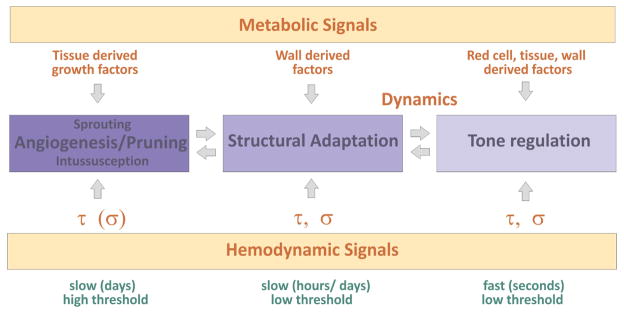Fig. 6. Integrated view of physiological processes controlling vascular structure and function.
Vascular regulation includes short term changes of vessel diameter effected by vascular smooth muscle and tone (right), long term changes of vessel diameter and wall mass by structural adaptation (middle), and changes in vessel number by elimination of unnecessary vessels by pruning or generation of new vessels by the sprouting and splitting modes of angiogenesis (left). These responses of a vascular bed are controlled by metabolic and hemodynamic signals derived, e.g., from the tissue, the vessel wall or red cells, and by hemodynamic signals (wall shear stress, τ; wall stress, σ). The different modes of vascular regulation are closely interrelated and may be induced by different combinations of the involved stimuli and by specific temporal and dynamic patterns of these stimuli (see text for further explanations).

